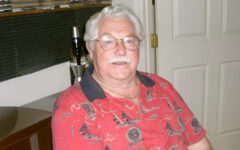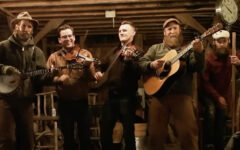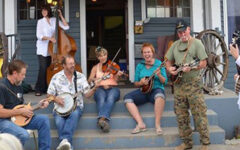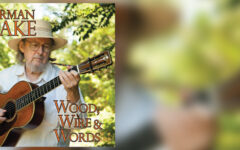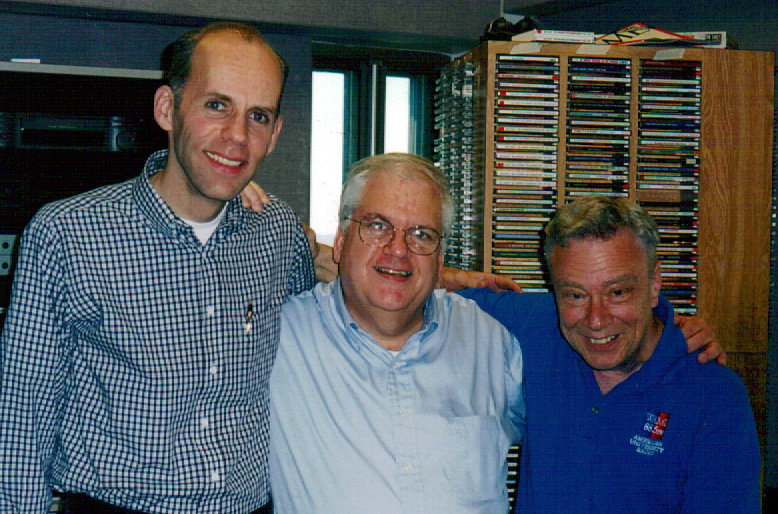
Normally, we wait for nice, smooth, round numbers to celebrate legacies. A golden wedding anniversary seems so much grander than a 49th. But in truth, 49 years is pretty remarkable as well.
Today, our friends at WAMU’s Bluegrass Country are remembering the first bluegrass music broadcast on WAMU, which occurred on Sunday evening, July 2, 1967. That’s 47 years of bluegrass on the public radio station in Washington, DC affiliated with American University.
As impressive as that may be, check this: both men responsible for that initial show, Gary Henderson and Dick Spottswood, are still with the station, and are featured regularly on their air. There aren’t many stations – nor many broadcasters – who can make that claim.
We spoke earlier this week with Henderson, who recalled the introduction of bluegrass to the air in the nation’s capitol thusly.
“Dick was at a cocktail party with George Mercer, who produced a jazz program locally, and it was suggested that they should ask program director Jean Wallace about a bluegrass show. She agreed, and we started with 30 minutes, once a week, repeated once later that same week.
Bluegrass Unlimited magazine had just started publishing, so we decided to call the show by that name. I engineered, and eventually became the producer.”
The WAMU archives don’t contain any recordings from that first program, but morning host Katy Daley shared this clip from February 28, 1968, the earliest she could find. It features Spottswood interviewing Bill Emerson about his tune, Sweet Dixie.
Over the years, bluegrass became the financial backbone of the station and helped the Washington metro area become the artistic hub of the music in the 1970s and ’80s. It was featured daily in the coveted afternoon drive time, and the generosity of bluegrass fans allowed WAMU to grow and expand its news and arts programming.
Lettie Holman, Manager of Programming and Research at WAMU, tells us that the folks who run the station have never forgotten what they owe to bluegrass. As public radio became a bigger business, and commitments to carry network shows from National Public Radio started to squeeze out local programming, they moved into online broadcasting, long before such a thing was common.
“In 2001 we had bluegrass music only on weekends, and we created bluegrass country.org to give our loyal listeners their own place to hear the music 24/7. Then in 2007 we moved all bluegrass from our main signal at 88.5 to a new HD radio channel, 88.5 channel 2.”
With this move, they were able to dramatically increase original and hosted programming, and by the end of 2008 this signal was also being broadcast locally at 105.5 FM.
This move has led to tremendous growth for the station as far more listeners have access to the FM signal as opposed to HD radio. Holman says that in the past year, they have seen overall listenership go up 31%, and the number of distinct daily listeners almost double.
“Donations are also coming up. Both individual gifts and the number of companies offering member matches for fundraising have gone up.
This is all mission-driven. WAMU has made a commitment to bluegrass, and member donations show the loyalty goes both ways.”
With a recent move to new headquarters in DC, Bluegrass Country has a modern theater facility for recording both live audio and video. They are regularly posting video of these shows on YouTube, where they currently have nearly 1.5 million views for several hundred videos.
Lettie says that they are “doing as much as we can to promote the music, the artists, and our brand.”
Well done, WAMU. In three years you can have a really big party.

